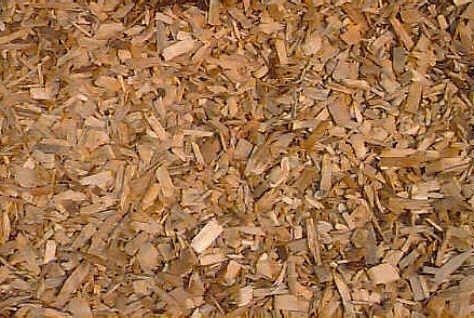
Termite spit may soon help fill our gas tanks. University of Florida researchers have isolated two enzymes termites use to break up lignin, a tough plant material that is major problem during the production of cellulosic ethanol.
Cellulosic ethanol is a fuel produced from the inedible portions of plants, material often discarded as trash. The process often involves genetically engineered microbes such as bacteria or fungi to break down sugars found in the cell walls of the plants.
Before the microbes can do their work, however, they must first get past lignin, the compound largely responsible for making wood “woody” instead of soft.
During cellulosic ethanol production, lignin molecules are clumped around the sugar molecules, forming a barrier the microbes often can’t penetrate.
So, the material must first be exposed to heat and steam or caustic acids and bases to break that barrier down. These extra steps make the process much more expensive and often generate hazardous waste.
As they report in a paper published online in the journal Insect Biochemistry and Molecular Biology, researchers at UF’s Institute of Food and Agricultural Sciences have determined that enzymes found in termite salivary tissues may be able to accomplish the same task, and at room temperature.
“Once we figure out the best way to integrate this sort of enzyme into the process, it could drop the cost of producing cellulosic ethanol significantly,” said UF entomologist Mike Scharf, who led the research, a collaboration between UF/IFAS and the biotechnology company Chesapeake-PERL Inc. of Savage, Md.
The work was funded by the U.S. Department of Energy and The Consortium for Plant Biotechnology Research Inc.
A 2009 report by Sandia National Laboratories predicted that cellulosic ethanol could replace about 30 percent of the nation’s gasoline by 2030, if the price of production could be reduced.
“This is definitive and original research that could realistically be a significant contribution to green energy,” said James Preston, a UF microbiology professor who studies enzymes in bacteria that break down plant material. “It’s this kind of work that keeps pushing cellulosic ethanol toward practicality.”
The study follows more than two years of work to identify nearly 7,000 genes associated with the termite gut. The researchers are wading through the genes to identify which ones are associated with enzymes that could be useful, and they are hopeful that many more such exciting discoveries are yet to come.
“We still have a long way to go before we’re finished,” Scharf said. “But, in the meanwhile, we can start putting what we have discovered to good use.”




Write more, thats all I have to say. Literally, it seems as though you relied on the video to make your point. You definitely know what youre talking about, why waste your intelligence on just posting videos to your blog when you could be giving us something enlightening to read?